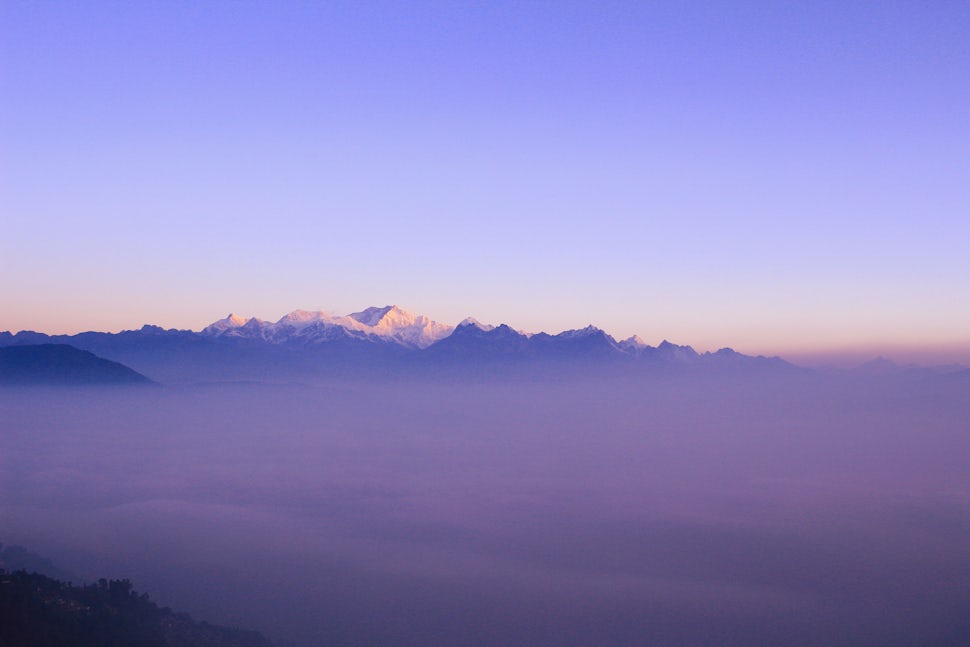In Search of India's Great Outdoors
Where do you go to seek nature in one of the world's most populated countries?

When you think of India, what do you see? The Taj Mahal, the Holi celebrations, temples, palaces...and probably far down the list, its natural beauty. In a country with over 1 billion people, natural resources have all but dried up compared to less populated countries where the stress of human life doesn't weigh nearly as heavily. But there is beauty to be found outside of cities, if you know where to look.
Darjeeling, West Bengal
Like many here on the Outbound, I'm pretty partial to mountains. I seek them wherever I go, whether for their fresh air, scenic views, or just because I want to get a good incline in my hikes. So when I first planned my three-week trip to India, I made sure to include them on the itinerary. Luckily, India borders the highest mountains in the world—the Himalayas—and the mountain town of Darjeeling is a perfect jumping off point steeped with history. This hill station may be best known for fine teas, but it was also the home of Tenzing Norgay, the first sherpa to summit Mt. Everest. You can explore the Himalayan Mountaineering Institute dedicated to him, test your climbing skills on the rock face he used to train, or just take in views of the majestic Kanchenjunga, India's highest peak. And while tea gardens aren't exactly wild, they're a good place for a stroll too.
The road to Darjeeling winds through wild forests and manicured tea estates, with monkeys and the occasional elephant if you're lucky. Hairpin turns and steep inclines are part of the fun; just prepare for lots of honking.

Mussoorie and Landour, Uttarakhand
More mountain views are to be had in Mussoorie, nicknamed "the Queen of the Hills" for its elevation. In the northern state of Uttarakhand, this hill station has panoramic views of the Himalayas and pine-covered paths for hiking. The neighboring town of Landour is even dotted with eco-friendly trashcans with inspirational nature quotes. If you visit in winter, you might spot a rare phenomenon called the Winter Line, a vivid glowing horizon where light catches in the dust particles, turning them bright red.
Rishikesh and the Ganges
Rishikesh is most famous as the yoga capital of the world, but it's also a great place to see the Ganges near its origin. The water is cleaner and clearer, making it ideal for wading or for river rafting if you're inclined. You can also take part in the aarti, a nightly ritual offering to the river goddess. If seeing the Ganges is on your list, I recommend coming here rather than farther down stream like Varanasi where the water is much more polluted.
Around Rishikesh are more hiking trails, waterfalls, and wild jungle. The nearby Rajaji and Jim Corbett National Parks are your best bets at seeing elephants, tigers, and leopards.
So much of India's beauty is in its people though, whether in the storied past of its dynasties to the simple interactions you'll witness all around you. In cities or in nature, India has no shortage of treasures for the intrepid traveler.
We want to acknowledge and thank the past, present, and future generations of all Native Nations and Indigenous Peoples whose ancestral lands we travel, explore, and play on. Always practice Leave No Trace ethics on your adventures and follow local regulations. Please explore responsibly!
Do you love the outdoors?
Yep, us too. That's why we send you the best local adventures, stories, and expert advice, right to your inbox.











